Do Cats Mourn?
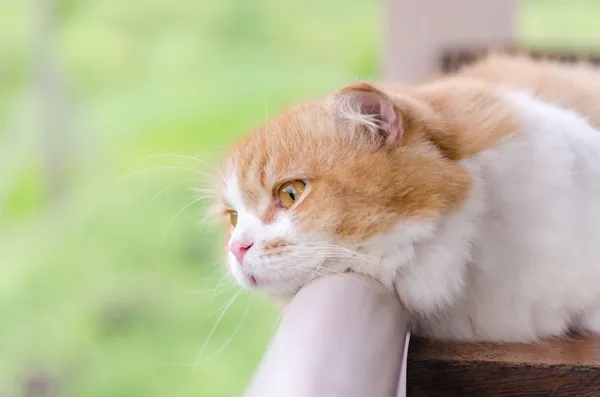
Just like people, your cat can mourn when there has been a loss in their world, and the symptoms are similar. There are ways that you can help, with some guidance from your veterinarian or a behaviorist if needed.
Curbside Veterinary Care: Benefits for You and Your Pet

Hospitals providing curbside care have restructured their practice to avoid the need for clients to enter the lobby and exam rooms. This is designed to promote physical (social) distancing and reduce the spread of COVID-19. Curbside care offers a number of benefits for you and your pet. By eliminating the need for you to enter the hospital, potential COVID-19 outbreaks are reduced. The veterinary team is protected under a curbside care model, and in turn, so is your pet. Even in curbside care, you will have an opportunity to speak with your veterinarian in order to discuss findings and recommendations. To help the curbside appointment go smoothly, bring a written list of concerns or fill in any forms your practice has sent to you prior to the appointment. Curbside care truly is in the best interests of you and your pet.
Cryosurgery

This handout discusses the use of cryosurgery in pets. This technique involves the use of extreme cold to destroy abnormal or diseased tissues. A short discussion in included as to how the technique is used, and in what circumstances it may be appropriate to use.
Children and Pets: Grief Following Loss of a Cat

Children often have very close relationships with pets, and especially with cats. Losing a pet cat is inevitable and may be the child’s first experience of death, but there are ways for parents and others to help the child cope with it. Start by talking with your child about death truthfully and in an age-appropriate manner. It is important for children to have the chance to say goodbye. Children grieve just as intensely as adults do, but often have different ways of expressing their grief. Each child will grieve their cat in their own unique way and at their own pace. With care and support, your child can grow through the grief and heal.
Atlantoaxial Luxation
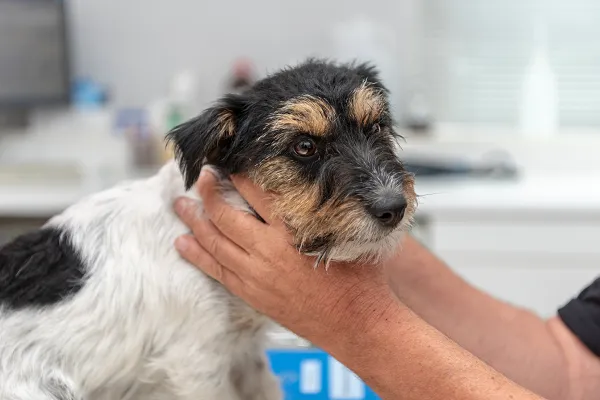
This handout summarizes atlantoaxial (AA) luxation, a condition in which instability or excessive movement is present between the first two vertebrae within the neck. Atlantoaxial luxation can be caused by trauma, hereditary factors, or a combination of these two factors. The most common sign of AA luxation is neck pain, though severely affected dogs may lose their ability to breathe due to paralysis of the diaphragm.
Ataxia in Cats
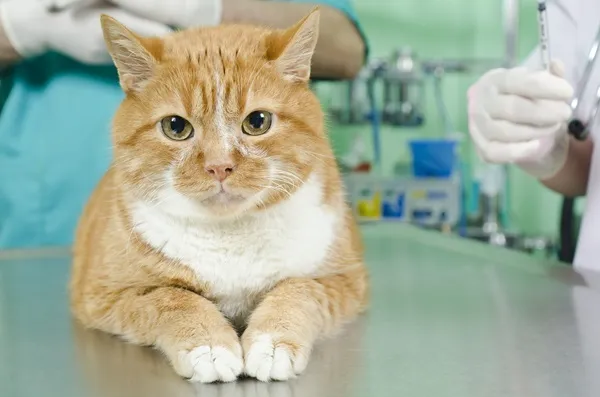
Ataxia means incoordination within the nervous system. There are several forms of ataxia, depending upon where in the nervous system the abnormality occurs. The most common sign of ataxia is an abnormal, unsteady gait. Treatment of ataxia will be influenced by the root cause. Pain management, supportive care (such as anti-nausea medication), and creating a safe environment (e.g., preventing access to stairs) are cornerstones of ataxia treatment.
Asthma – Treatment Instructions for Cats

If your cat has been diagnosed with feline asthma, it is important that you follow the treatment instructions that have been determined specifically for your cat. This handout is to be filled in by your veterinary team.
Asthma and Bronchitis in Cats
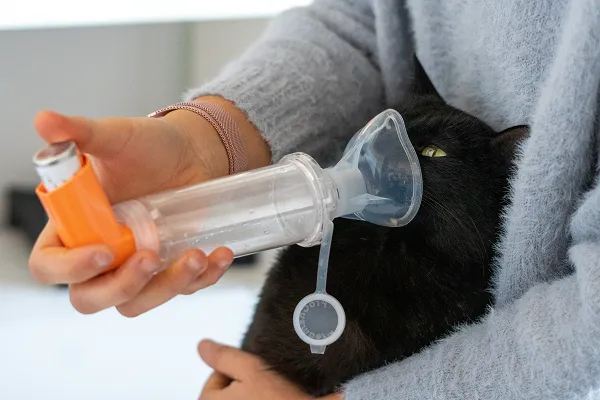
Asthma or bronchitis is a fairly common condition affecting cats. It occurs as a result of the airway being hypersensitive to certain stimuli, resulting in airway constriction, excess mucus production, and air trapping. Diagnostics include a physical exam, blood tests, x-rays, bronchoscopy, and bronchial or tracheal lavage. As asthma cannot be cured, treatment is aimed at the management of the disease using a combination of steroids and bronchodilators. Adjunct treatments include modifying the environment to reduce exposure to the noxious stimulus, hypoallergenic diet trials, and acupuncture.
Arthritis in Cats
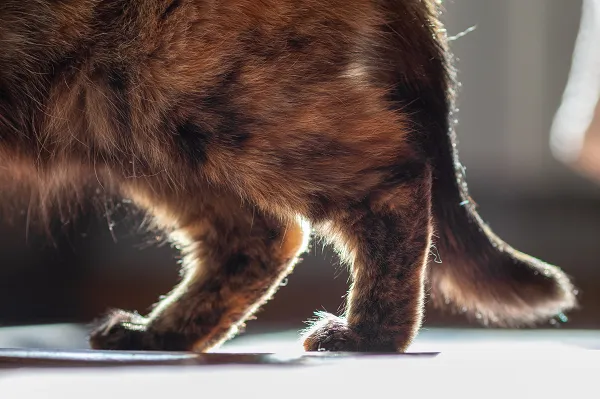
Osteoarthritis is a common condition affecting bones and joints in many older cats. It is a disease of management and cannot be cured. Medications, physical therapy, nutrition, and surgery may all be considered to help alleviate the pain. Cats can live a normal life with a tailored care plan.
Aortic Stenosis in Cats
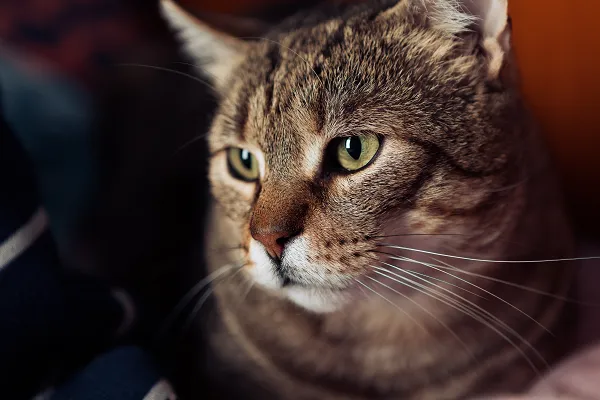
Aortic stenosis is a heart disease that is present at birth. Cats affected with aortic stenosis have a narrowing at the aortic valve of the heart. The clinical signs of aortic stenosis vary depending on how severe the stenosis is; some cats remain asymptomatic throughout their life, while other cats begin showing clinical signs at an early age and can experience sudden death. The treatment of aortic stenosis depends upon the severity of the condition.

